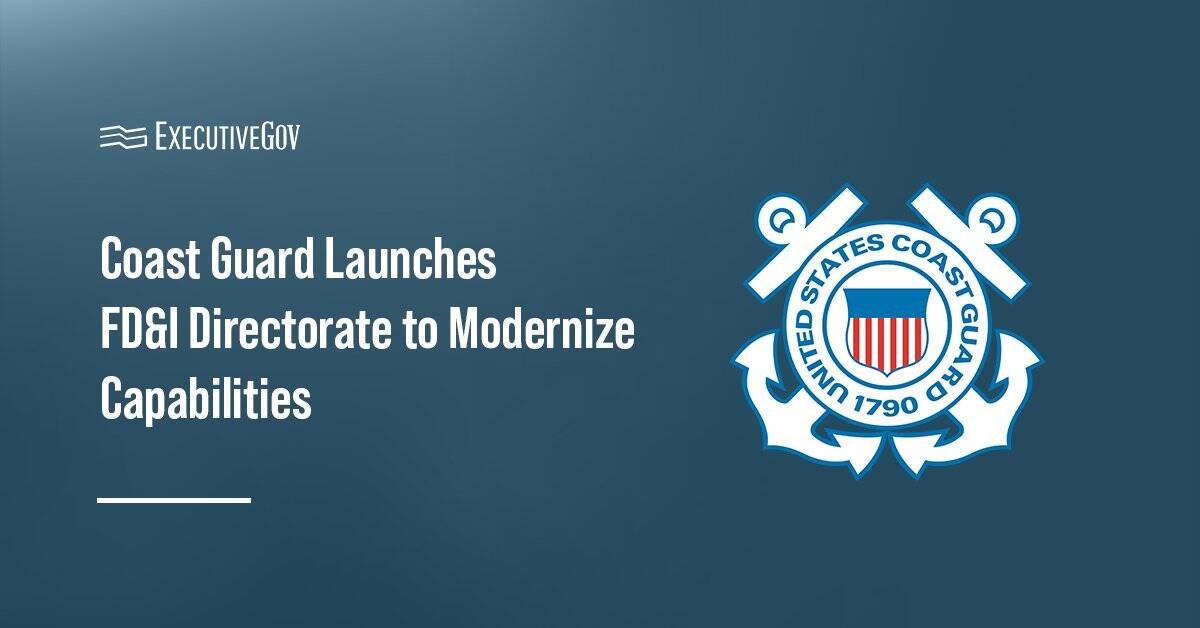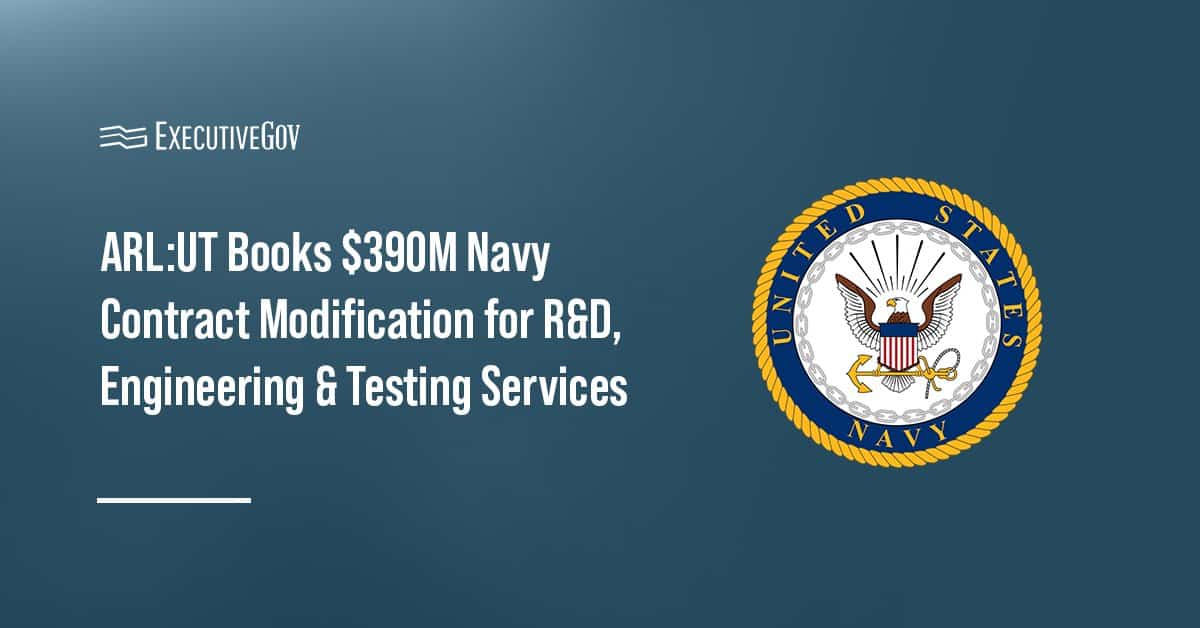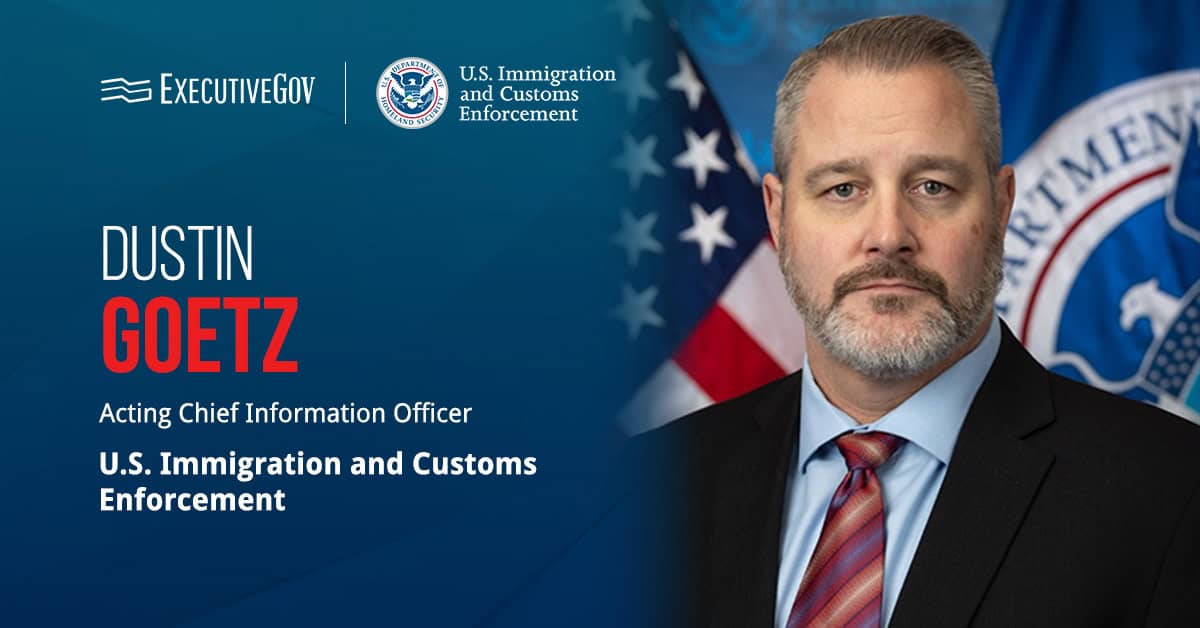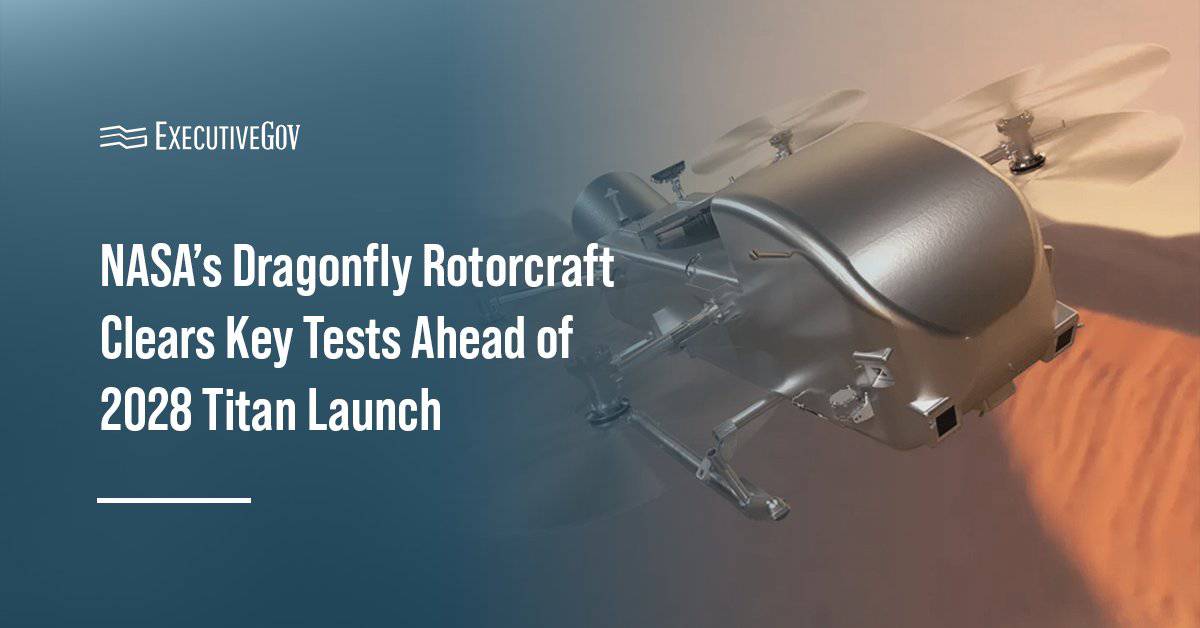The White House announced that major companies and organizations have committed to providing resources to advance artificial intelligence education among America’s youth.
“As AI reshapes how people learn, work, and communicate, the Trump Administration is committed to ensuring that Americans are equipped to lead the world in harnessing this technology,” Michael Kratsios, director of the White House Office of Science and Technology Policy, said in a statement published Tuesday.
“Today we announce new steps in fulfilling this mission as we welcome leaders in business, non-profits, and education who are putting America’s future first and pledging to provide free AI training and resources to students, teachers, and parents across the country,” added Kratsios, chair of the White House Task Force on AI Education and a two-time Wash100 awardee.
Table of Contents
White House Task Force on AI Education
The White House Task Force on AI Education was established in accordance with an executive order signed by President Donald Trump in April to advance AI education, provide workforce development opportunities for American youth and maintain U.S. dominance in AI technology.
The task force is establishing public-private partnerships to provide AI education resources among K-12 students.
Corporations’ Commitment to Advancing AI Education
Google, IBM, NVIDIA, Dell Technologies, Microsoft, OpenAI, Accenture, Deloitte, Booz Allen Hamilton and ServiceNow are some of the major companies that have committed to providing AI education resources.
Google has committed $1 billion to support education and job training programs in the U.S. The company will provide high school students, teachers and personnel with free access to Gemini for Education. College students will also gain access to Google’s AI for Education Accelerator.
NVIDIA is committing $25 million in funding over the next five years to help develop K-12 AI skills and provide training.
Booz Allen has pledged to educate over 1 million AI learners across the country within the next five years; support the development and dissemination of AI curriculum aligned to K–12 and CTE standards; and hire more than 150 AI registered apprenticeships over the next four years.












